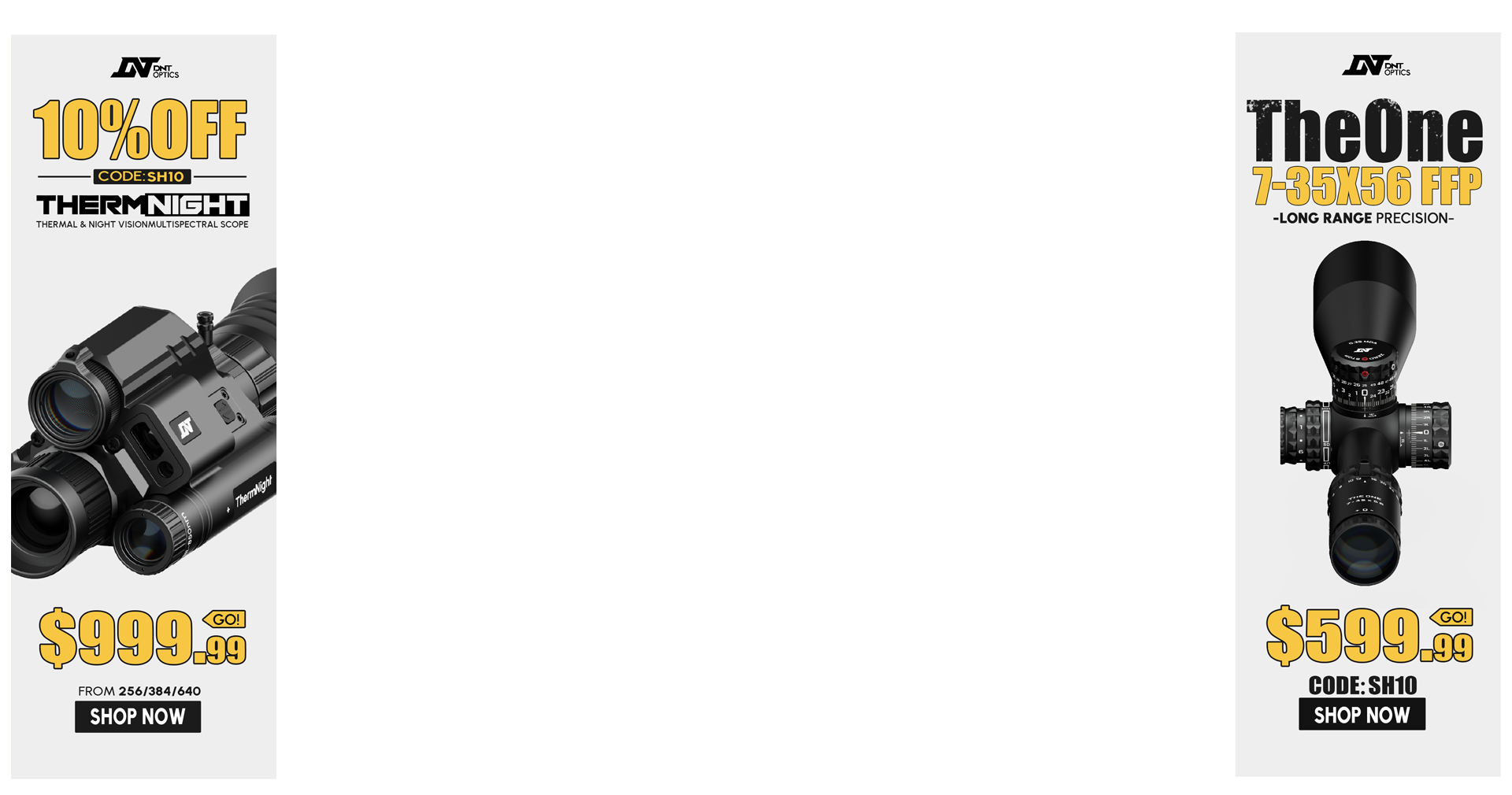If this is in the wrong sub-section I am sorry and feel free to move it to the correct one.
Back story:
Ok so I am currently getting blamed for damage to the front and rear windshield on a piece of machinery after a shooting meet. I lined two of my lasers thru the holes (ONE BLUE AND ONE GREEN) both hit the same location and the angle is not right from where my crew was shooting for it to be us. I also took my caliper micrometer and measured the inner diameter of the hole in the front windshield as there was a perfect circle with no elongation and the glass was fully intact. The holes diameter measured .493 inches.
My question:
Is there any way to tell what caliber would make a .493 inch diameter entry hole in glass.
And
Are there any other techniques I can use to provide further evidence?
Sent from a grassy knoll at 2,800 ft/s
Back story:
Ok so I am currently getting blamed for damage to the front and rear windshield on a piece of machinery after a shooting meet. I lined two of my lasers thru the holes (ONE BLUE AND ONE GREEN) both hit the same location and the angle is not right from where my crew was shooting for it to be us. I also took my caliper micrometer and measured the inner diameter of the hole in the front windshield as there was a perfect circle with no elongation and the glass was fully intact. The holes diameter measured .493 inches.
My question:
Is there any way to tell what caliber would make a .493 inch diameter entry hole in glass.
And
Are there any other techniques I can use to provide further evidence?
Sent from a grassy knoll at 2,800 ft/s


